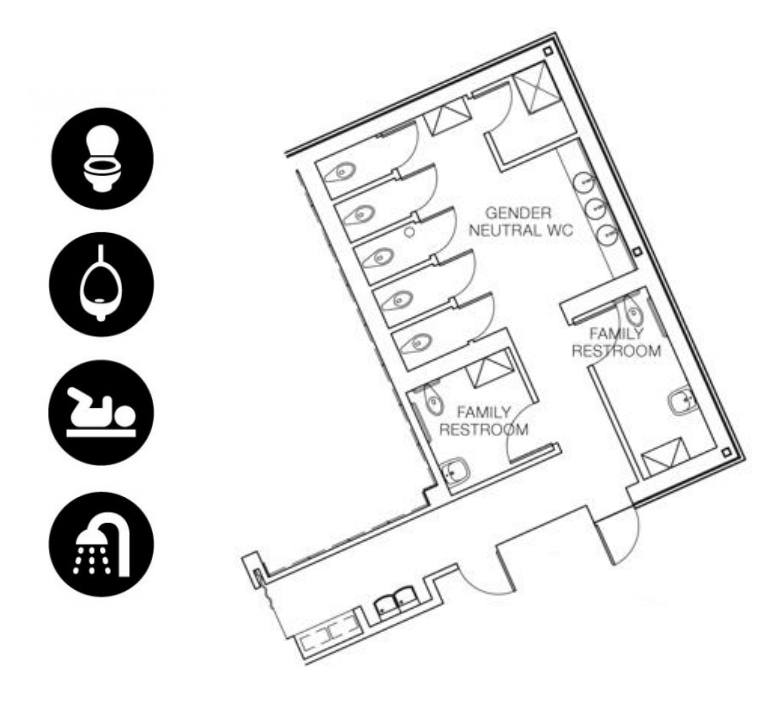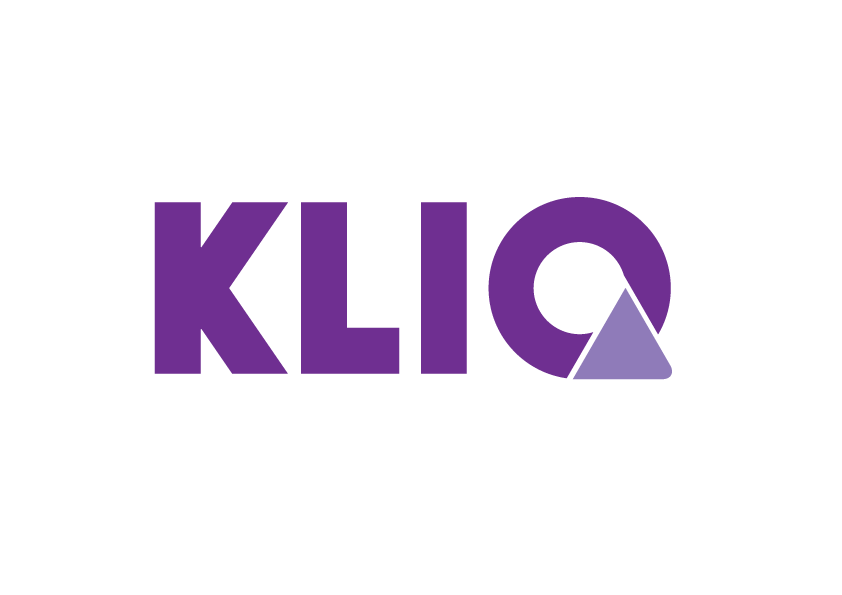Inclusive use of language
Exercise: inclusive language use in the workplace
Sam has been working as a garden contractor for 15 years. He came out as a trans man a few months ago. When Sam meets a customer he worked with last year, he explains his situation. The customer responds very positively. Shortly afterwards Sam hears the customer talk to his colleagues about him. The customer says: “I think it’s great that she made that choice. It will definitely have been an intense process for her.”
Despite the customer’s warm response, Sam doesn’t feel good. When the customer talks to his colleagues about him, the customer refers to Sam as ‘her’ and ‘she’. By referring to Sam as a woman the customer (unconsciously) rejects Sams new gender identity.
Tips on inclusive and gender-neutral language use
- Use 'partner' instead of 'husband' or 'wife'.
- Use 'parent' instead of 'mother' or 'father'.
- Only ask about the gender of people if it is really necessary.
- Add a third answer option, such as 'other' or 'x' when polling for a person’s sex or gender identity.
- Make it easy to change the gender on documents.
- Make sure that an employee can always amend this data (or have it amended).
- Use a neutral approach in emails and letters. For example, "Dear colleague" or "Dear customer" instead of "Dear Sir" or "Dear Mr (surname)".
- Address people directly in texts by writing 'you' and use the plural form to refer to people. Avoid using "he", "she" or "he/she".
- Strive for a similar ratio of images of men and women in different areas of interest.
- Use gender-neutral job titles (e.g. prenatal care professional instead of midwife).
- Describe competences as behaviour, not personality traits that are gender-related.
- Use gender-neutral icons.
In the video we saw examples of deadnaming and misgendering.
Deadnaming: others using the birth name of a trans person continuosly, consciously or unconsciously.
Misgendering: addressing a person with the wrong pronouns.
Deadnaming and misgendering do not always take place maliciously or intentionally. However, it is important to highlight it and make people aware that it can be offensive to address someone in a way they don’t see themselves. In this way, they can learn from this and respond in a more respectful way next time.
Note: Sometimes it is OK to use the deadname, for example in the context of a testimonial. But this must be done with the consent of the person.
Reflection exercise: trans man Sam
In a previous exercise, we discussed Sam, who revealed a few months ago that he is a trans man. As an organisation, what could you do to best support Sam?
Take a moment to consider the following questions:
- Have the procedures in your organisation been adapted so that employees can change their gender role in the workplace?
- Are there inclusive facilities in the workplace?
- How does your organisation support employees undergoing transition?
- Can trans persons contact a confidential counsellor to discuss how they can communicate about this with their manager and/or direct colleagues? Are confidential counsellors trained to deal with any questions in this regard?
Inclusive facilities: for example the wash room
There is a more inclusive image to indicate a wash room than the one we’re used to.
The one we’re used to.

The more inclusive one.

This is an example of an inclusve wash room, and some inclusive icons and indicators.

Why is this an inclusive wash room?
- There is one entrance for all toilets.
- The toilets are given an icon by a toilet instead of a man or a woman, and the urinals are given an icon of a urinal instead of a man.
- All toilet rooms, including urinals, are closed.
- There is a changing table in the room, so fathers can also change their baby easily.
- There is also a children’s toilet and a toilet for disabled persons in the same room.
